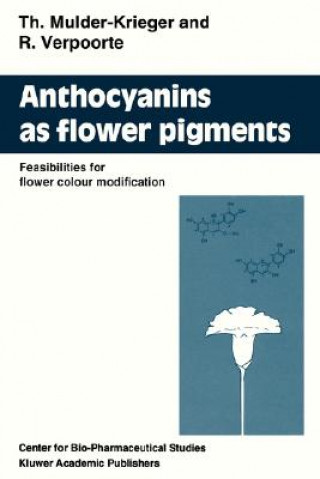
Code: 01394166
Anthocyanins as Flower Pigments
by T. Mulder-Krieger, R. Verpoorte
The economic value of cut flowers is considerable. Because novelty is a driving force in this section of horticulture, the development of new flower varieties is of great interest. In this connection new colours are particularly i ... more
- Language:
 English
English - Binding: Paperback
- Number of pages: 164
Publisher: Springer, 1994
- More about this

61.44 €

Low in stock at our supplier
Shipping in 13 - 16 days
Potřebujete více kusů?Máte-li zájem o více kusů, prověřte, prosím, nejprve dostupnost titulu na naši zákaznické podpoře.
Add to wishlist
You might also like
-

Running For Their Lives
15.12 € -18 % -

Naslouchání světa
7.46 € -6 % -

Reproductive Endocrinology
159.41 € -4 % -
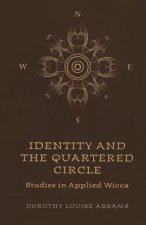
Identity and the Quartered Circle - Studies in Applied Wicca
20.77 € -10 % -

Fractures and Fracture Networks
186.25 € -

Different Horrors, Same Hell
39.74 € -

Recent Developments in Turbulence Management
111.08 €
Give this book as a present today
- Order book and choose Gift Order.
- We will send you book gift voucher at once. You can give it out to anyone.
- Book will be send to donee, nothing more to care about.
More about Anthocyanins as Flower Pigments
You get 154 loyalty points
 Book synopsis
Book synopsis
The economic value of cut flowers is considerable. Because novelty is a driving force in this section of horticulture, the development of new flower varieties is of great interest. In this connection new colours are particularly important. Classical plant breeding has been able to produce a broad variety of colours and forms for flowers but with the tools for genetic engineering available, a new era for cut flower plant breeding has dawned. The present study reviews the various aspects connected with the molecular engineering of flower colours. The resuls achieved so far, bottlenecks and possible approaches in altering flower colours are discussed. The methods available for genetic modification of plants are briefly reviewed. This study concentrates on the anthocyanins. The biosynthetic pathway leading to these compounds is extensively described, as well our knowledge of its regulation at molecular level. The genes involved in the regulation are reviewed. The colours connected with the individual compounds are reviewed, as is the influence of chemical modifications of anthocyanins, e.g. acylation of sugar residues. However, flower colour is not only determined by the anthocyanins present: co-pigmentation also plays an important role in stabilizing and altering colours. Compounds involved in co-pigmentation and other conditions involved (e.g. pH) are discussed, as well the mechanisms behind this phenomenon. The study includes an extensive literature search on the constituents of the pigments of the major cut flowers. Tables are given in which the constituents of the major cut flowers are summarized. More than 600 references are cited. Based on present knowledge, the strategy of engineering a certain colour in a specific species can be developed. Possible approaches for genetic engineering are discussed for the major colours.
 Book details
Book details
Book category Books in English Mathematics & science Biology, life sciences Cellular biology (cytology)
61.44 €
- Full title: Anthocyanins as Flower Pigments
- Subtitle: Feasibilities for flower colour modification
- Author: T. Mulder-Krieger, R. Verpoorte
- Language:
 English
English - Binding: Paperback
- Number of pages: 164
- EAN: 9780792324652
- ISBN: 079232465X
- ID: 01394166
- Publisher: Springer
- Weight: 268 g
- Dimensions: 236 × 156 × 12 mm
- Date of publishing: 31. January 1994
Trending among others
-

DNA and the I Ching
12.70 € -21 % -

Human Molecular Genetics
91.60 € -1 % -

Cells, Gels & the Engines of Life
23.30 € -18 % -

Optical Imaging Techniques in Cell Biology
93.32 € -

Cell Biology
129.34 € -
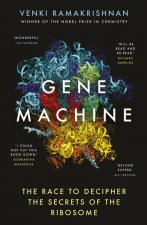
Gene Machine
10.18 € -35 % -

Cell Signaling
115.11 € -4 % -
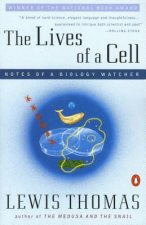
The Lives of a Cell
13.91 € -23 % -

Transformer
25.31 € -27 % -

Molecular Theory of Radiation Biology
121.07 € -

Sterling Test Prep SAT Biology E/M Review
21.48 € -38 % -
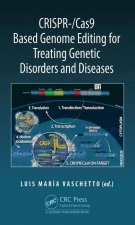
CRISPR-/Cas9 Based Genome Editing for Treating Genetic Disorders and Diseases
150.23 € -

BRS Cell Biology and Histology
62.24 € -9 % -

Principles of Genomics and Proteomics
113.50 € -15 % -
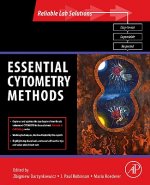
Essential Cytometry Methods
73.85 € -5 % -

Angiogenesis Protocols
121.07 € -

Secret Life of Your Cells
12.80 € -20 % -

Physical Biology of the Cell
111.78 € -1 % -

Calcium, Oxygen Radicals and Cellular Damage
51.14 € -

Stem Cells: An Insider's Guide
33.79 € -
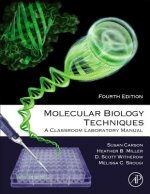
Molecular Biology Techniques
129.04 € -

Germ Cell Protocols
121.07 € -

Strategies to Ameliorate Oxidative Stress During Assisted Reproduction, 1
61.44 € -

Cilia
61.44 € -

Hyaluronan
186.25 € -

Molecular Biology
101.39 € -
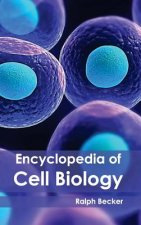
Encyclopedia of Cell Biology
137.82 € -6 % -

Cell Cycle Control
218.84 € -
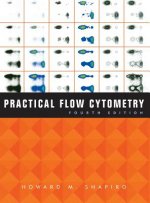
Practical Flow Cytometry 4e
232.15 € -
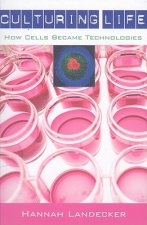
Culturing Life
40.35 € -

Essentials of Carbohydrate Chemistry
61.44 € -

Cell Culture Techniques
160.01 € -

Comprehensive Hematology and Stem Cell Research
2894.53 € -

Inositol Phosphates and Lipids
121.07 € -

A Computer Scientist's Guide to Cell Biology
36.82 € -18 % -

Molecular Biology of Schizosaccharomyces pombe
216.72 € -2 % -

Development of the Nervous System
107.85 € -1 % -
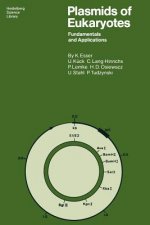
Plasmids of Eukaryotes
121.07 € -

Basic Cell Culture Protocols
197.04 € -

Insect Morphology and Phylogeny
103.51 € -17 % -
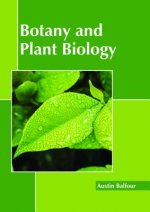
Botany and Plant Biology
139.63 € -6 % -
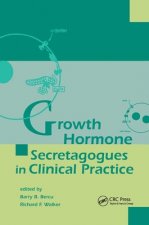
Growth Hormone Secretagogues in Clinical Practice
89.99 € -

Ionic Channels of Excitable Membranes
277.26 € -

Ovarian Cancer: Molecular & Diagnostic Imaging and Treatment Strategies
273.12 € -

Plant Tissue Culture Concepts and Laboratory Exercises
200.47 € -
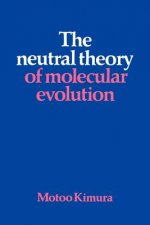
Neutral Theory of Molecular Evolution
131.46 € -

Whole-Body Regeneration
55.89 € -
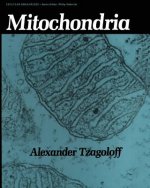
Mitochondria
121.07 € -

Cell Biology of Extracellular Matrix
121.07 €
Collection points Bratislava a 2642 dalších
Copyright ©2008-24 najlacnejsie-knihy.sk All rights reservedPrivacyCookies


 15549 collection points
15549 collection points Delivery 2.99 €
Delivery 2.99 € 02/210 210 99 (8-15.30h)
02/210 210 99 (8-15.30h)